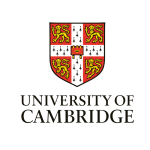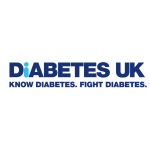"In the UK, employers are required to contribute to their employees' workplace pension schemes, known as 'employer contributions'."
UK Care Guide Tweet
5. Employer Contributions and Matching in UK
In the UK, employers are required to contribute to their employees’ workplace pension schemes, known as ‘employer contributions‘. The minimum level an employer contributes is set by law, with many employers offering more than this minimum.
Many workplaces also offer ‘matching contributions’, meaning that the employer decides to match the employee’s contribution to a certain level. For example, if the employee contributes 5% of their salary, the employer may also contribute 5%.
Matching contributions can significantly boost the size of your pension, therefore doubling the contributions. If an employee contributes 5% of their salary and their employer matches this, the pension pot effectively receives 10% of the employee’s salary.
However, matching contributions are not offered everywhere, and may only be matched to a certain amount. This makes it necessary to understand the terms of your specific pension scheme in your workplace, helping you to plan for your retirement more effectively.























